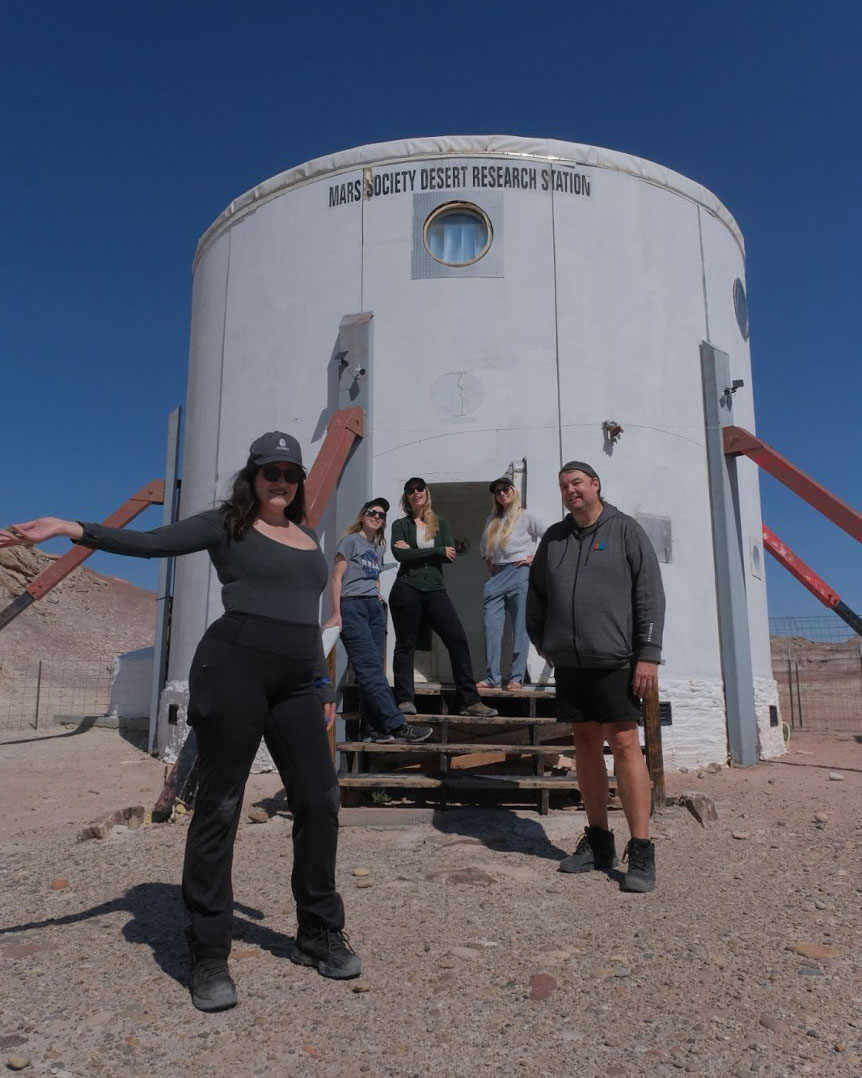Mars Desert Research Station - September 2024
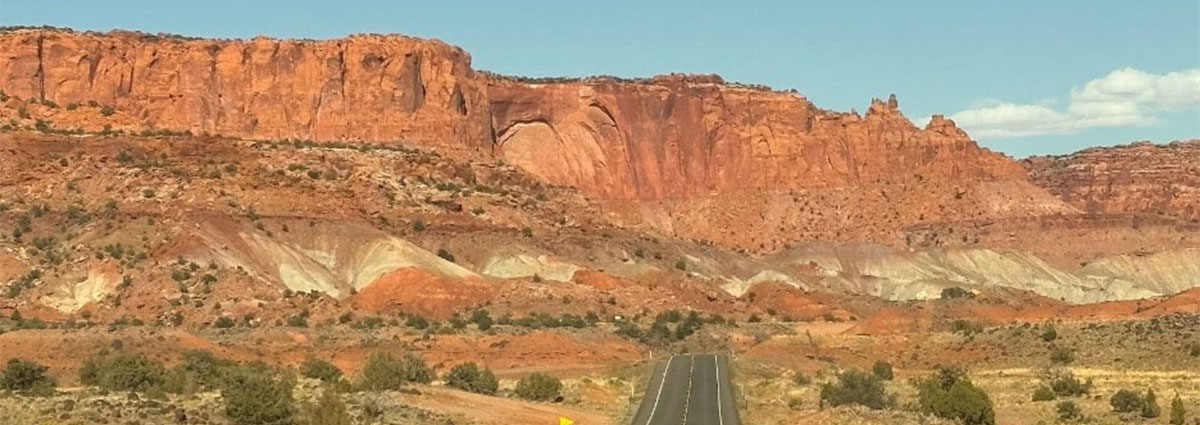
Hanksville, Utah, United States
By Ruby Patterson, Ph.D. Candidate in Geology, Texas Space Grant Fellow
One of the coolest things about being a space geologist with field and mission experience is that it makes you a great candidate to take consulting gigs on the side. In September 2024, I was approached by a private rover startup company (still in stealth mode- they haven’t unveiled their name to the world yet) to accompany them to the Mars Desert Research Station (MDRS) in Hanksville, Utah, to act as their crew geologist.
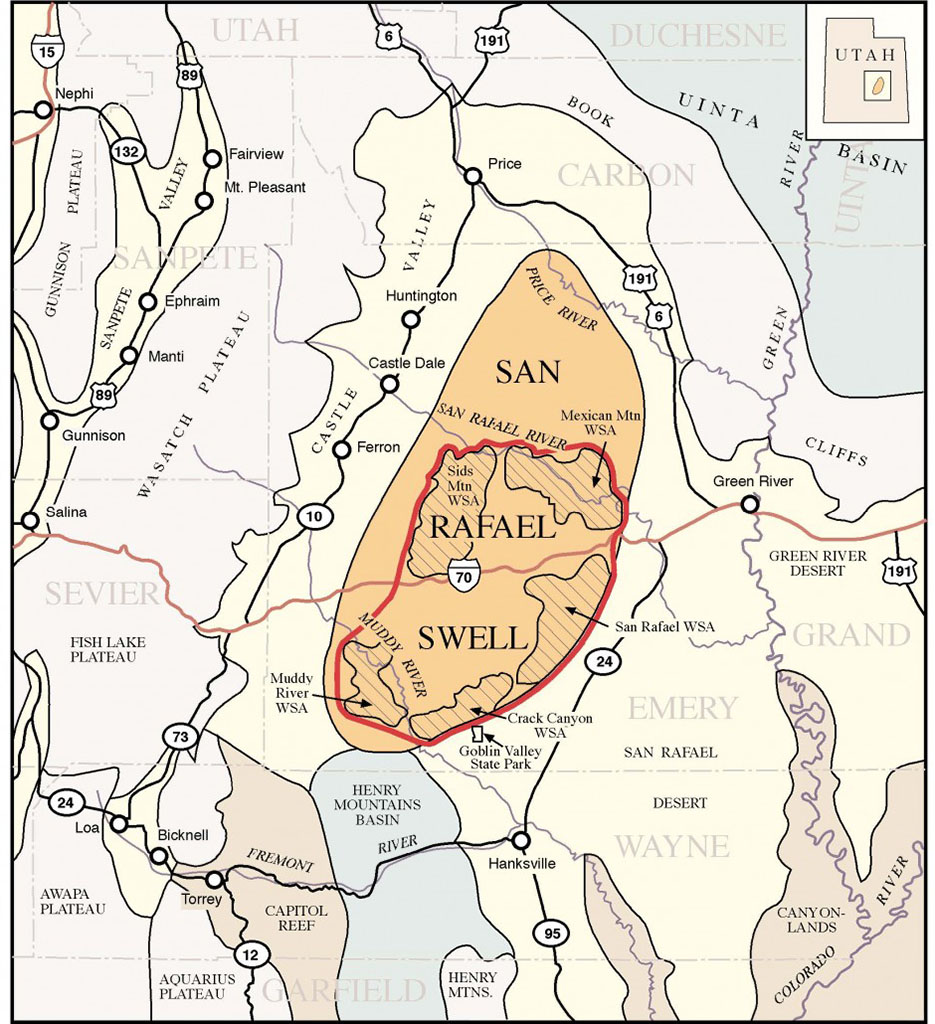
The MDRS station is situated on the San Rafael Swell of Southern Utah, 11.63 kilometers (7.23 mi) by road northwest of Hanksville, Utah (Figure 1). If you’ve never heard of Hanksville, Utah, you’re not the only one. (I purchased a baseball cap from the local gas station embroidered with “Where the hell is Hanksville?”)
The MDRS is the largest and longest-running Mars surface research facility and is one of two simulated Mars analog habitats owned and operated by the Mars Society. Our mission was to test several preliminary rover design concepts and find as much wrong with them as possible. These rover concepts (think “smart autonomous bucket on wheels to carry my samples and rock hammer”) were protected by a non-disclosure agreement (NDA). While I am not permitted to release the name of the company who hired me, nor images of their rover prototypes, I am permitted to speak about how I supported their team using field skills and geologic knowledge.
This field site is a dream for any geologist. The Mars Desert Research Station is located near the renowned San Rafael Swell, which formed around 60 million years ago during the Laramide orogeny when deeply buried Precambrian rocks faulted. These ancient "basement" rocks rose up compared to the surrounding areas, causing the overlying sedimentary layers to fold into a dome-like structure called an anticline.
Over time, water erosion has exposed older rocks in the center of the Swell and younger rocks around its edges. Many of the most striking landforms are made of more resistant layers, such as the Jurassic Navajo Sandstone, Jurassic Wingate Sandstone, and Permian Coconino Sandstone. The folding is much steeper on the eastern side, known as the San Rafael Reef.
The San Rafael River and Muddy Creek, which originate in the Wasatch Plateau, cut through the Reef, making them superimposed streams that predate the uplift. Some parts of the Swell resemble Martian landscapes, which led the Mars Society to establish MDRS here as a Mars analog site.
The following is a day-by-day account of my time participating in this field work.
Monday, September 16, 2024
Our field team left the Los Angeles metropolitan area and embarked on our 10-hour drive, scooting around wildfire zones, before hunkering down in Las Vegas for the night. This was my first Vegas experience, albeit a quick 10 hours, so the team made sure we went out for some fun. One of the key factors of a successful field team is bonding and relatability, so we considered this part of our pre-field training.
Tuesday, September 17, 2024
We left Vegas and drove through Capitol Reef National Park (Figure 2) before arriving at the MDRS. The stunning changes heading due east from the pacific coast toward the Colorado Plateau still take my breath away every time I see them in person. If you are reading this and have never visited Capitol Reef, you should seriously reconsider what you’re doing over Winter Break to squeeze this into your plans!

The road turnoff for MDRS is an easy-to-miss nondescript dirt path flanked by striped claystone mounds of the Morrison Formation (Figure 3). They always remind me of funky vintage striped shirts from the 70s that decided to become clay-rich rocks.

After driving through dubious and unmarked ‘roads,’ we arrived at our home for the next several nights: a two-story dome (Figure 4) connected by chicken wire ‘tunnels’ to a geology + biology science dome, observatory with two telescopes, and an engineering lab that was created from the body of an old Chinook helicopter. The tunnels are normally covered to simulate an enclosed habitat, but since it’s still the ‘off season’ for MDRS due to warm temperatures, they were left open and breezy.
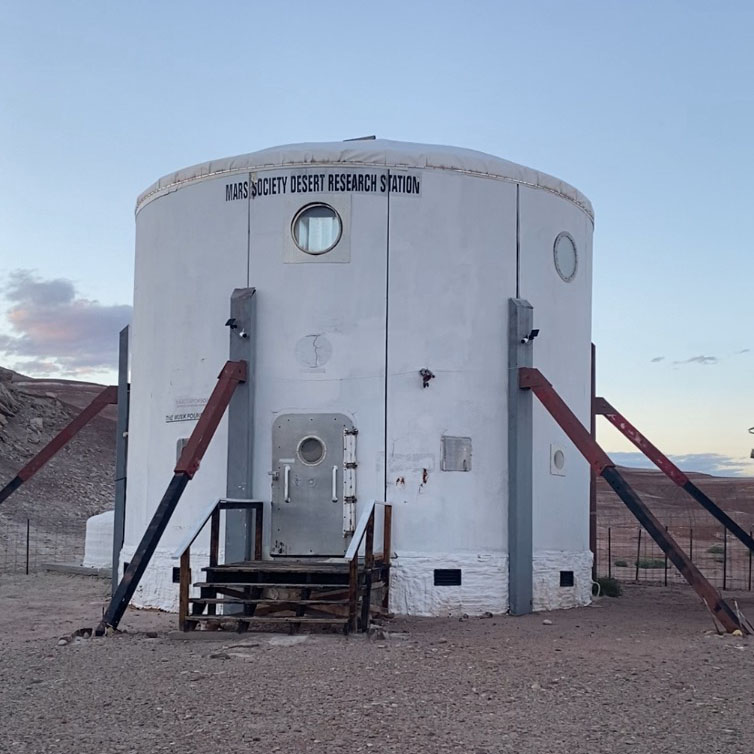
The inside of the habitat felt larger than expected. The ground floor houses the space suits, suiting up area, extra-vehicular activity (EVA; fancy name for a spacewalk) planning area with maps and chairs, a small shower, and a camper toilet. The second floor has a small kitchen, six small private sleeping quarters (Figure 5), and a table that comfortably seats six (Figure 6).
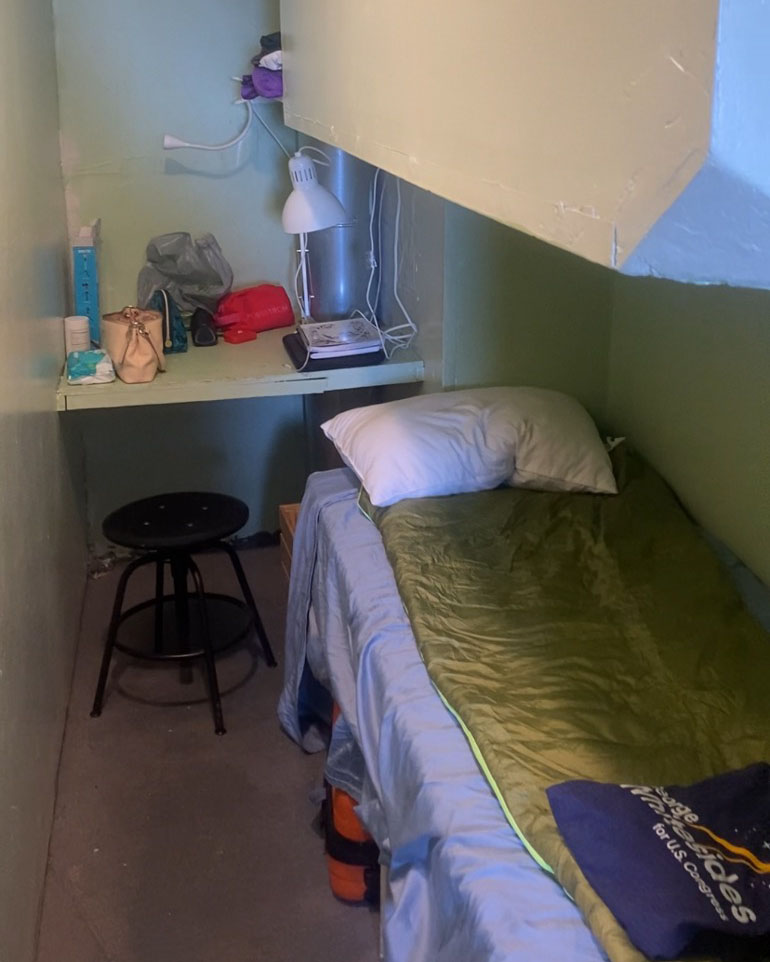
Our crew went through our orientation briefing from the director of MDRS, picked our rooms, and cooked dinner on ‘Mars’ while discussing the field plans for the next two days.

As the space gods would have it, there was a full blood supermoon with a partial lunar eclipse while we were out there. We fired up the telescope and watched the eclipse from the observatory. The moonlight was so bright, I could see my clear shadow on the side of the white observatory walls.
Wednesday, September 18, 2024
We started in the field bright and early because there were four rovers to test, and we needed as much data and debriefing time as possible.
Our team consisted of the company’s CEO, a robotics engineer, a psychologist, a software engineer, and a geologist (me). My task was to work in the Mars-analog landscape as an astronaut performing geologic fieldwork on the surface of another planetary body, such as Mars or the Moon. It was fun to be able to roam freely around our fieldsite without carrying any of my own gear (Figure 7).
Whenever mock samples were collected, I secured them into or onto the rover and moved along with my work. The ability to do this dramatically reduced the time spent at each sampling location (no zipping, unzipping, rearranging my field bag, etc.) and reduced physical exertion. The old backpackers’ adage of “an ounce in the morning, a pound at night” to encourage packing light for fieldwork didn’t apply here. Thank you, sweet little robot companions!
In addition to the baseline geologic science needs, many psychological considerations had to remain top of mind during this process such as: Does an astronaut need the option to communicate verbally with a rover for reasons other than performing tasks (e.g., if an astronaut becomes scared/stressed, could a rover provide comfort or psychological support?) We worked in fits and starts all day, and I was grateful when we headed back to the habitat for washcloth baths and relaxation time.
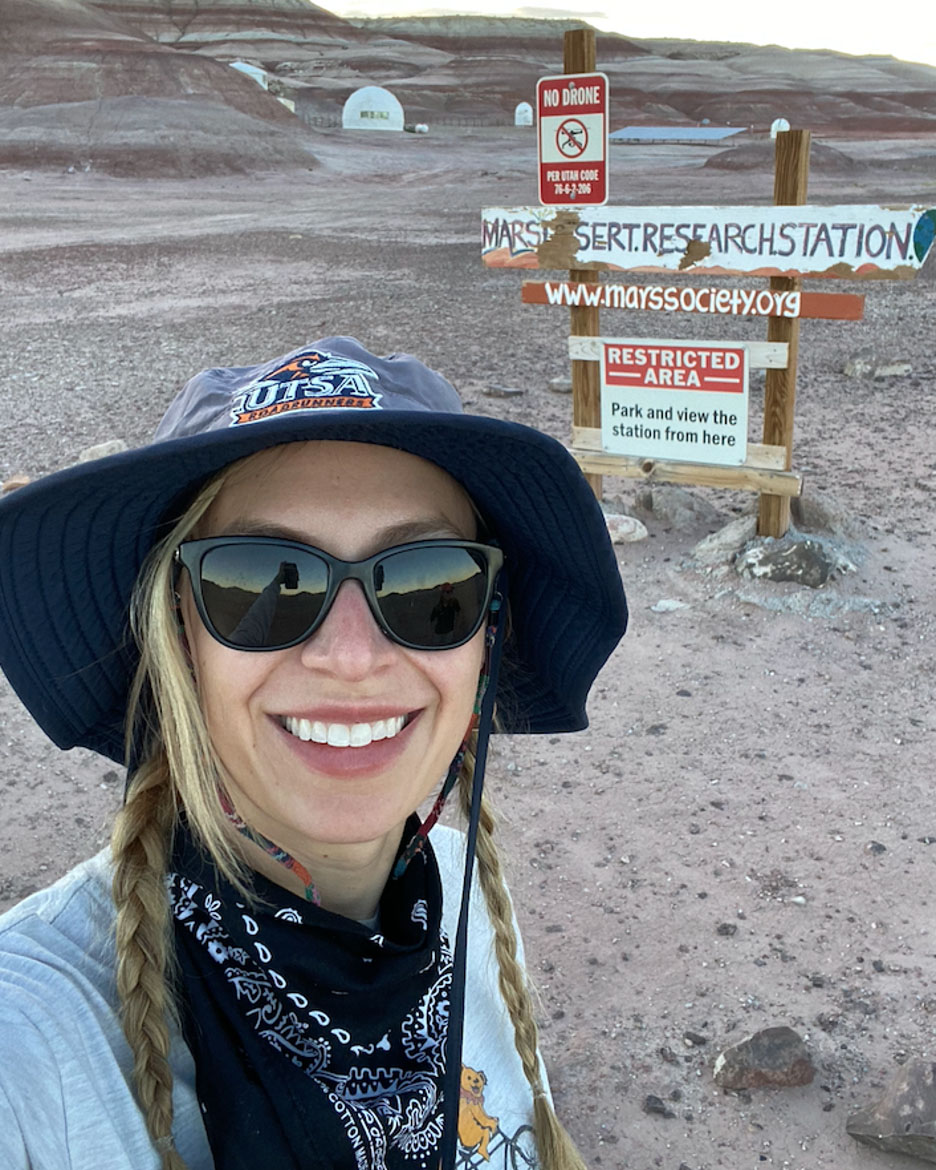
Thursday, September 19, 2024
This day included a very (veryyy) long debrief about the pros and cons of each rover design, including transparent and honest feedback from the perspective of an astronaut on Mars or the Moon. A clear sign of a cohesive field team is the ability to exchange open, constructive feedback with one another. We navigated this process beautifully, and I was proud to be a part of this group.
In the late afternoon we visited the “Sea of Shells,” a designated EVA site hosting quite literally millions of little oyster gryphaea fossils adorably dubbed “Devil’s Toenails.” While wandering about, we located some sort of dinosaur bone (Figure 8). The MDRS director informed us the way to confirm whether a fossil is bone or not is to lick it. Apparently a human tongue sticks to dinosaur bone in a specific, diagnostic way, but none of us traded our dignity for confirmation. We’ll leave that for another mission team.
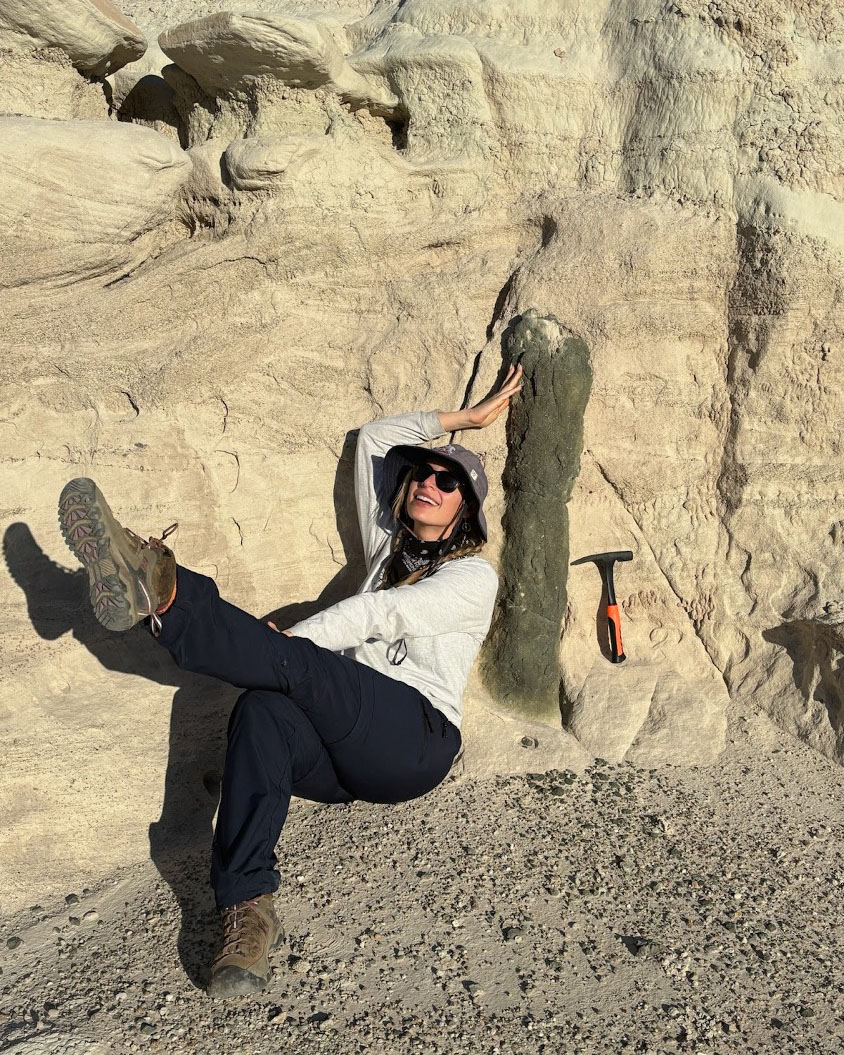
Roughly two miles north, we visited the Burpee-Hanksville dinosaur quarry, which is the home of the most prolific dinosaur bone discovery of the past century. Apparently over 12 entire dinosaurs have been found and excavated from this triple confluence site of three ancient rivers.
Friday, September 20, 2024
We packed up our gear, cleaned up the habitat a little bit, and headed back to our terrestrial home in the LA metro area. Typically, missions to this research base are two weeks long, but because we were a commercial crew (Figure 9) visiting in the hot off-season, our trip was abridged. I was a bit sad to leave, but this dissertation I’m defending isn’t going to write herself, unfortunately.
Despite the short experience, our crew bonded and shared lots of belly laughs. The CEO of the company who hired me is already planning a full-length mission later this year. Maybe I’ll be invited back for another round?
